Try Nonfiction Graphic Novels to Engage Kids
By Kasey Short

It’s beneficial for students to be introduced to this type of reading. Many students are more eager to pick up a graphic novel or nonfiction book because they view it as being shorter and more “fun” to read.
I’ve found over the years that some students read all the words but skim or bypass the images entirely, much as they do with traditional nonfiction texts, ignoring images and graphic representations. Nonfiction presented in the style of “graphic novels” serves as a unique way to teach students the value of reading the images and combining what they learn through the words and pictures to develop a more complete understanding of the topic.
Graphic nonfiction also allows students to gain a depth of knowledge of a topic in a shorter time than a traditional book. Many graphic nonfiction books are memoirs that provide opportunities to understand others and develop empathy. Using graphic novels allows for students to potentially explore multiple memoirs and perspectives within the same time frame as they would when reading a traditional memoir.
Graphic nonfiction also helps disprove the idea that nonfiction is boring and encourages students to seek out other forms of nonfiction by creating curiosity around a particular time, person, and/or situation.
Suggested Questions for Nonfiction Graphic Novels
- How did the format of the book impact your experience as a reader? How would this book be different if it were written in a different format such as poetry, prose, or traditional textbook?
- What are some things that you learned from the images that you were not able to get from the words alone?
- Find a page or panel of the book that used images only and no words. Why do you think the author made that choice? What was the impact of that choice? If you were to insert words in that section, what would you include?
- What facts that you learned from the book stand out the most and/or surprised you the most?
- After reading the book, what do you still wonder about the topic? Where could you find additional information?
- What were you able to learn from facial expressions in the book? Find a few specific panels and use those to explain your answer.
- If given the opportunity, what would you want to ask the author and/or illustrator?
- Was the book written and illustrated by the same person or two different people? How might this impact the book?
- Examine the settling of the story. List different details you notice in the panels, provide information about the setting, and explain what you learn from those details.
- How did the images make you feel?
- How did the author use color or lack of color in the images to tell their story?
- How do you read a graphic novel? Do you read the words first and then examine the images, or examine the images and then read the words?
Middle Grade and Young Adult Recommendations
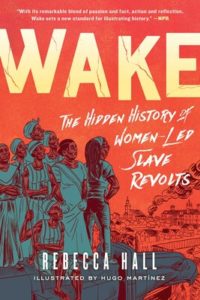
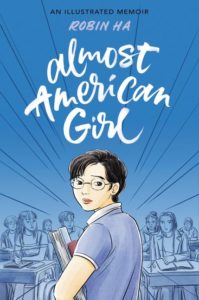
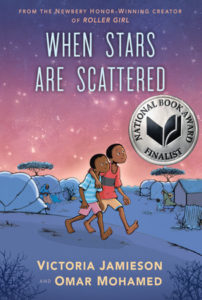
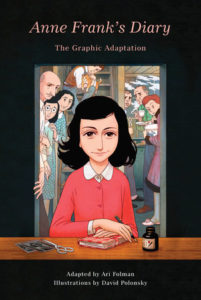
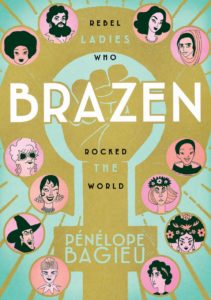
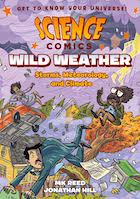
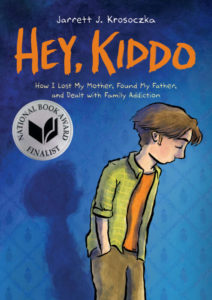
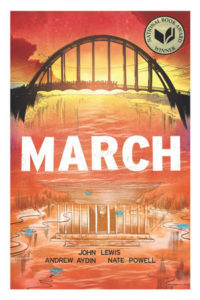
More Recommendations
• Smile by Raina Telgemeier
• Maus by Art Spiegelman
• Persepolis by Marjane Satrapi
• In the Shadow of the Fallen Towers: The Seconds, Minutes, Hours, Days, Weeks, Months, and Years after the 9/11 Attacks by Don Brown
• A-Okay by Jerad Greene
• Messy Roots: A Graphic Memoir of a Wuhanese-American by Laura Gao
• Welcome to the New World by Jake Halpern
• Borders by Tomas King
• Naturalist – A Graphic Adaptation by Edward O. Wilson
• Dare to Disappoint: Growing Up in Turkey by Ozge Samanci
• Grass by Keum Gendry-Kim
• I Was Their American Dream: A Graphic Memoir by Malaka Gharib
• Human Body Theater: A Nonfiction Review by Maris Wicks
• Open Borders: The Science and Ethics of Immigration by Bryan Caplan
• Escape from Syria by Samay Kullab
• They Called Us Enemy by George Takei
Kasey Short (@shortisweet3) is the Middle School Director of Studies and an 8th Grade English Teacher and Advisor at Charlotte (NC) Country Day School. Kasey loves to share ideas from her classroom and her leadership roles and writes frequently for MiddleWeb.
She attended the University of North Carolina at Chapel Hill where she earned a bachelor of arts in middle school education with a concentration in English and history. She went on to earn a master’s in curriculum and instruction from Winthrop University.
Browse all of Kasey’s MiddleWeb articles here and follow her at Bluesky.






























